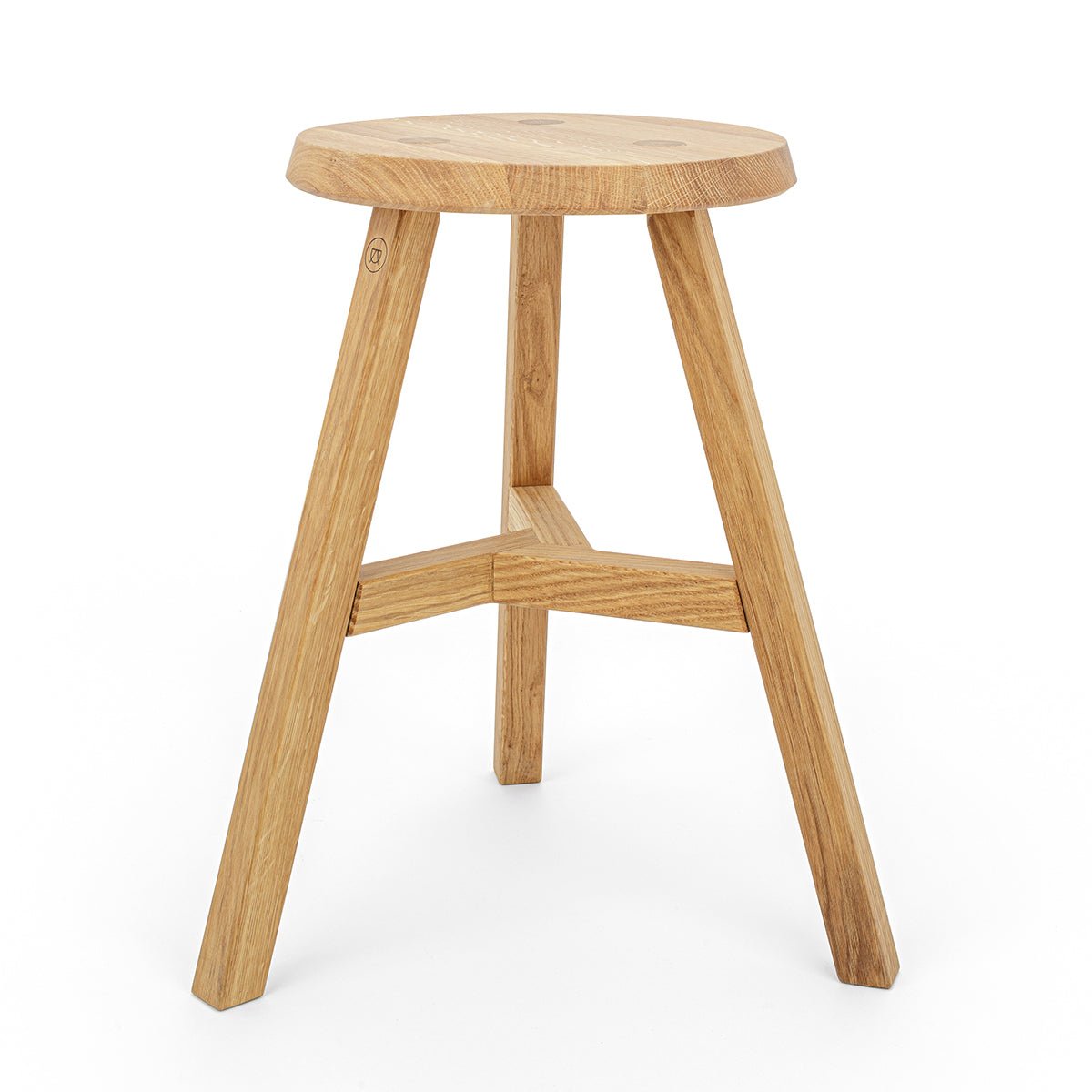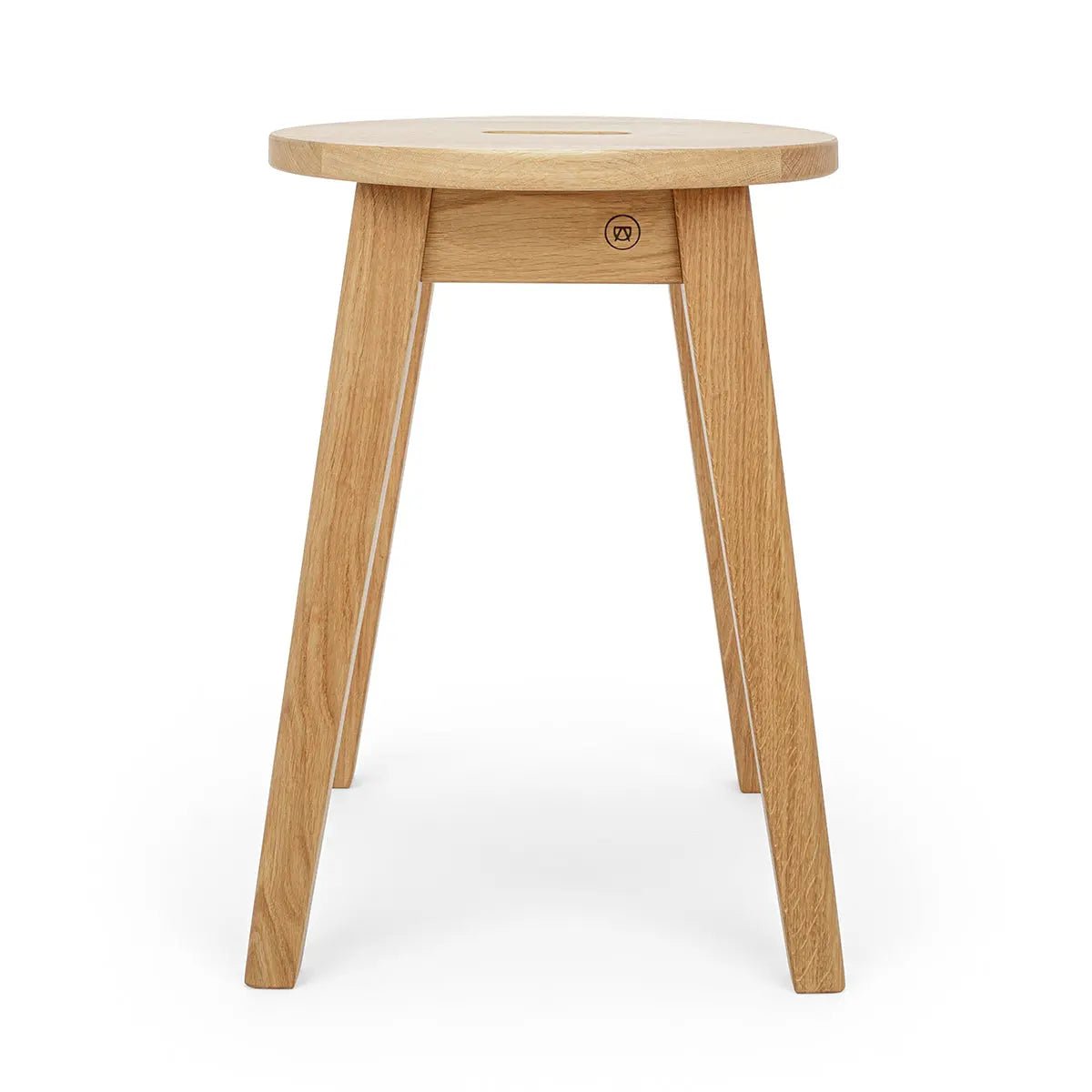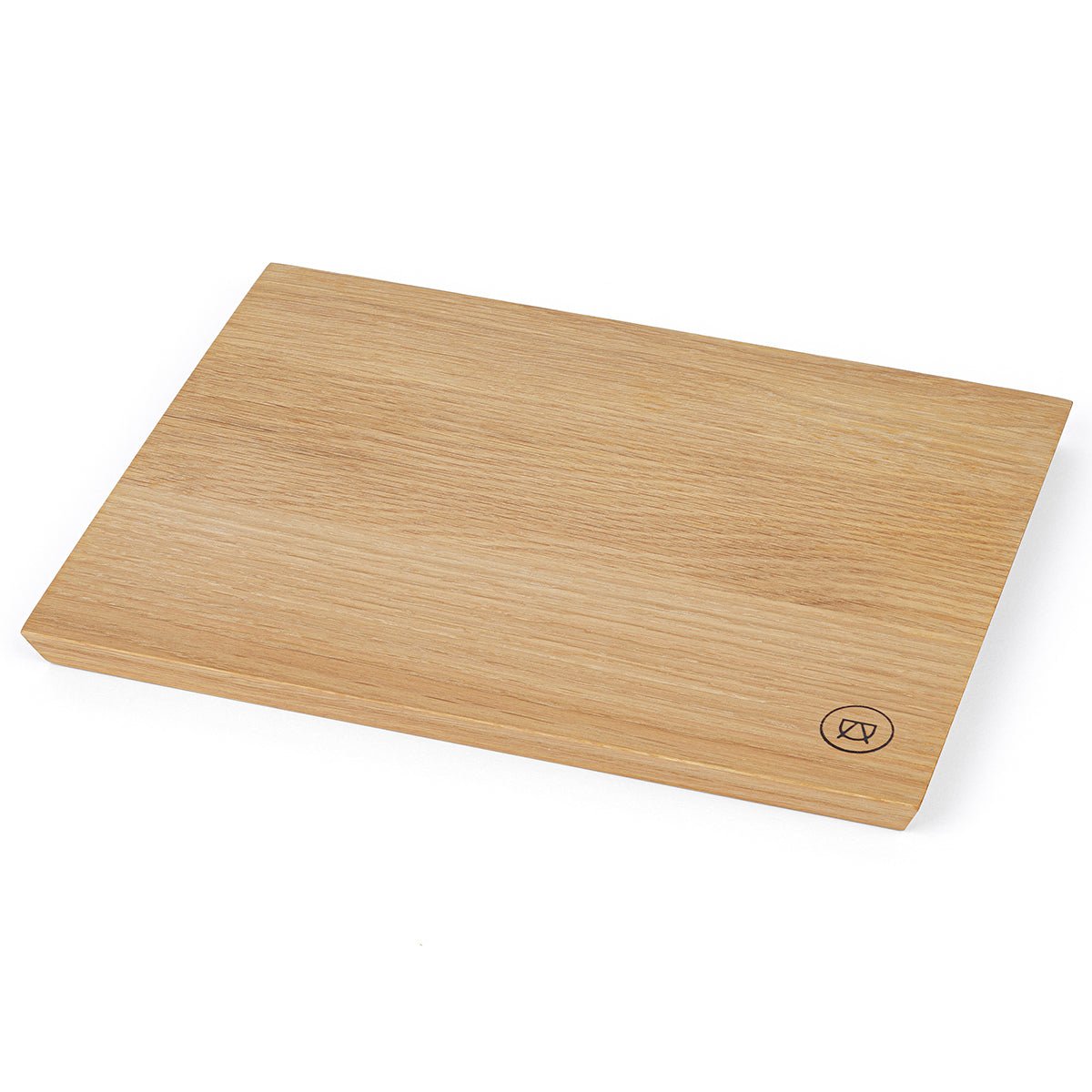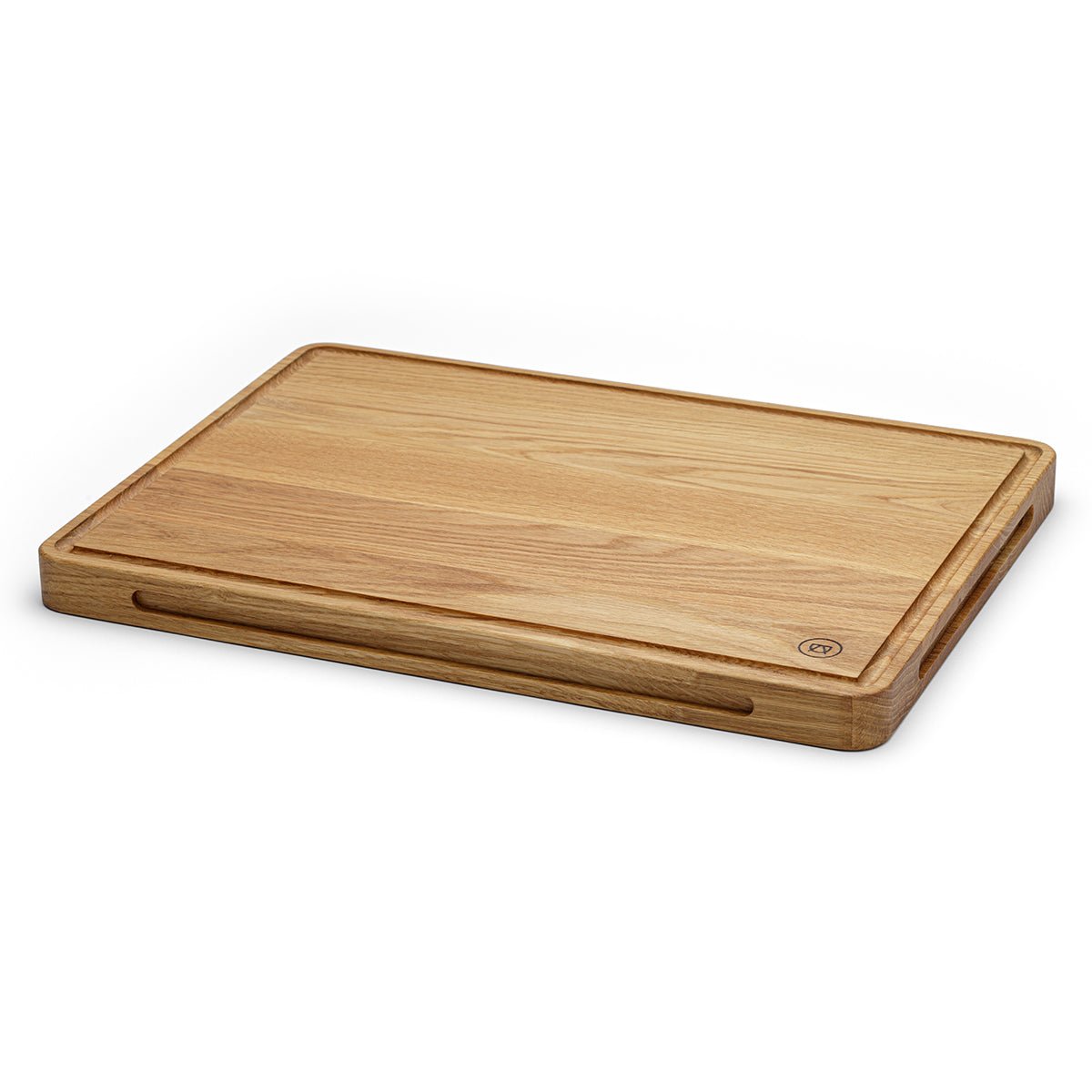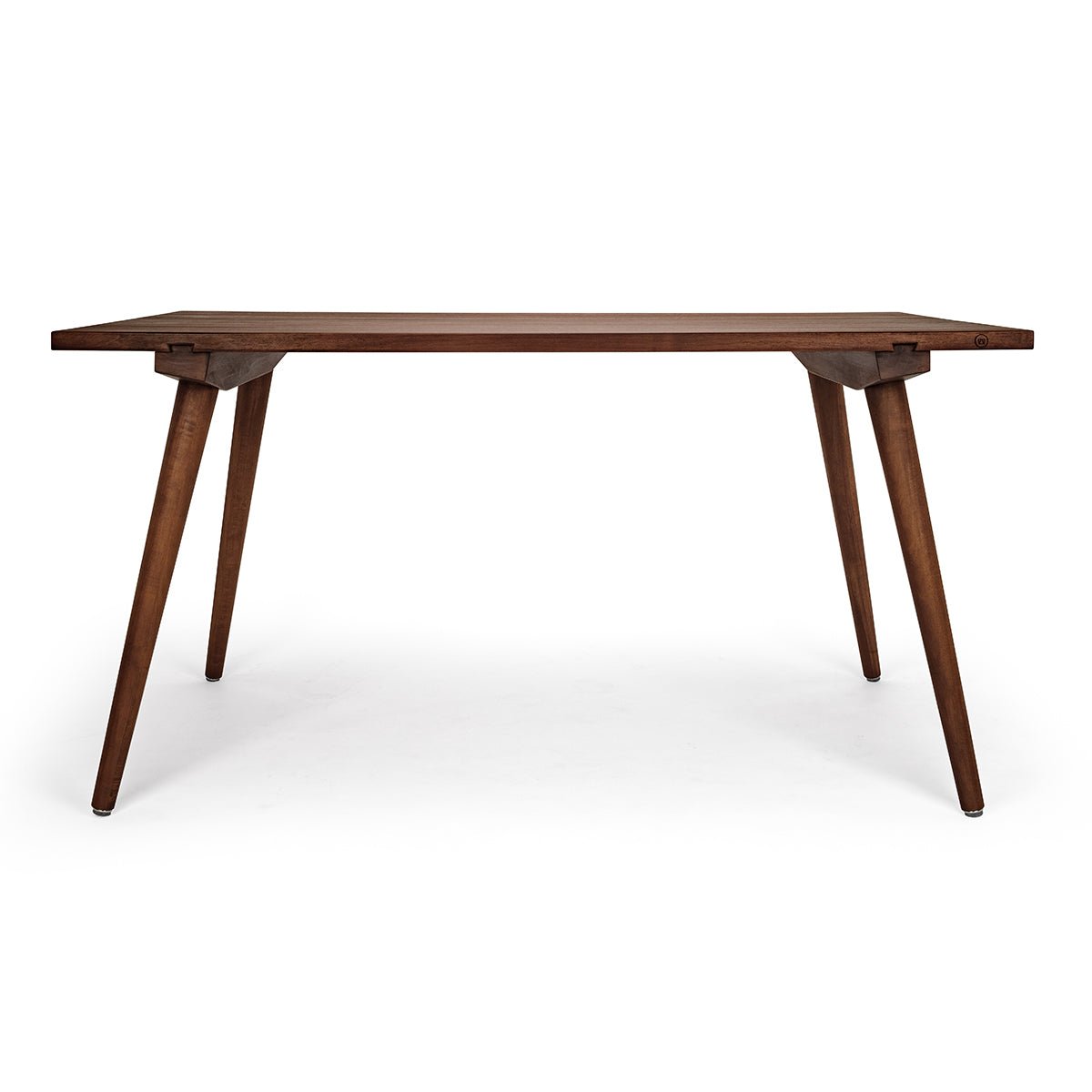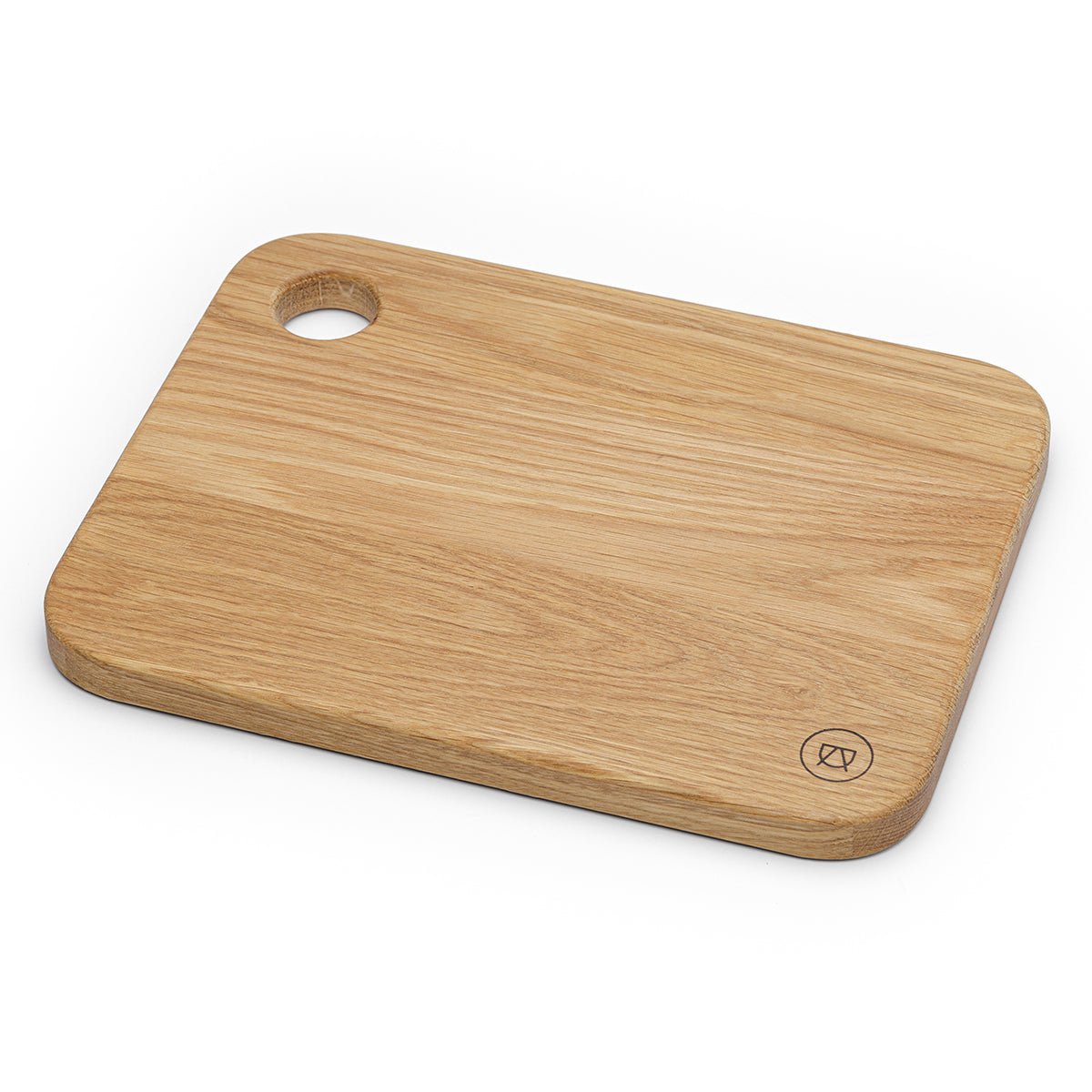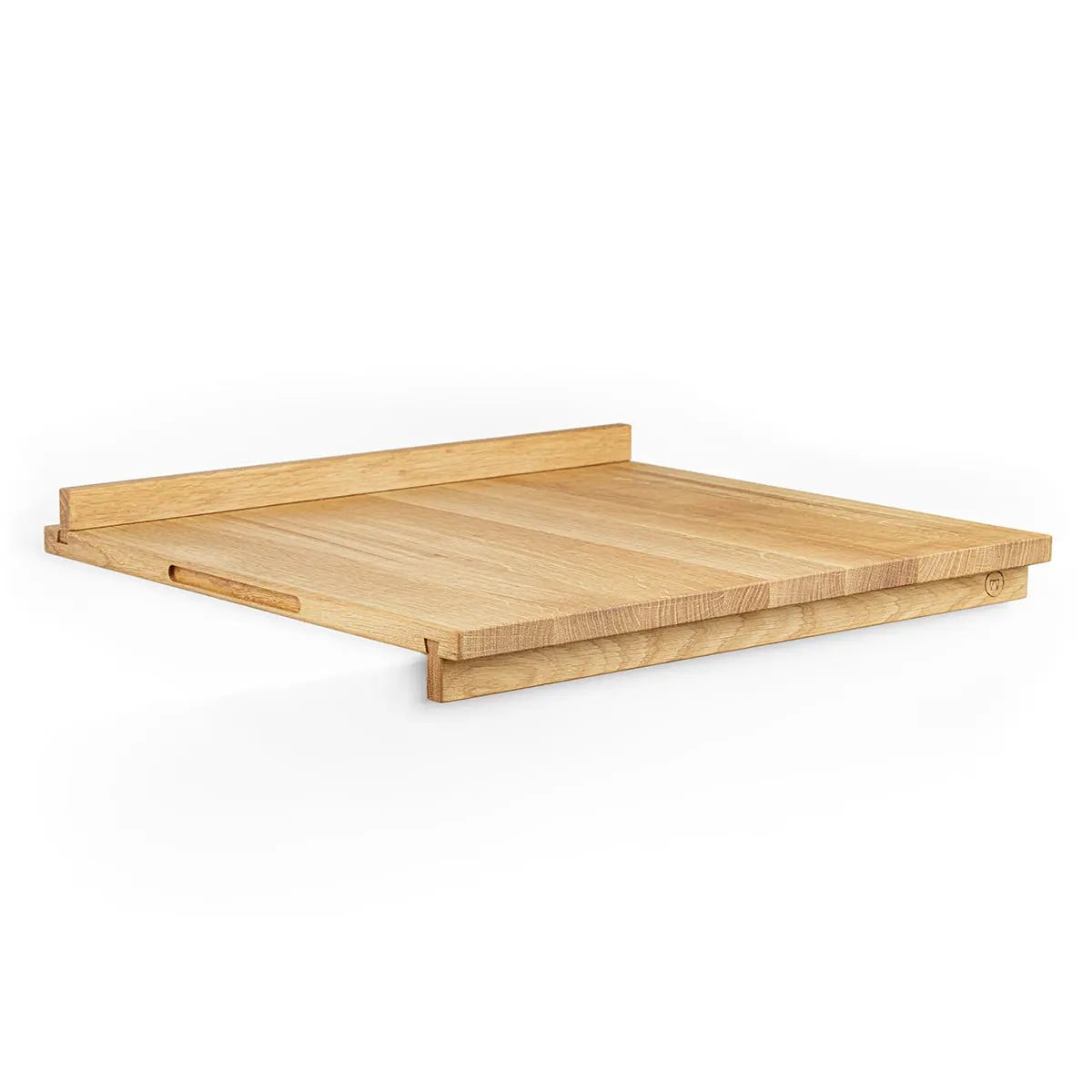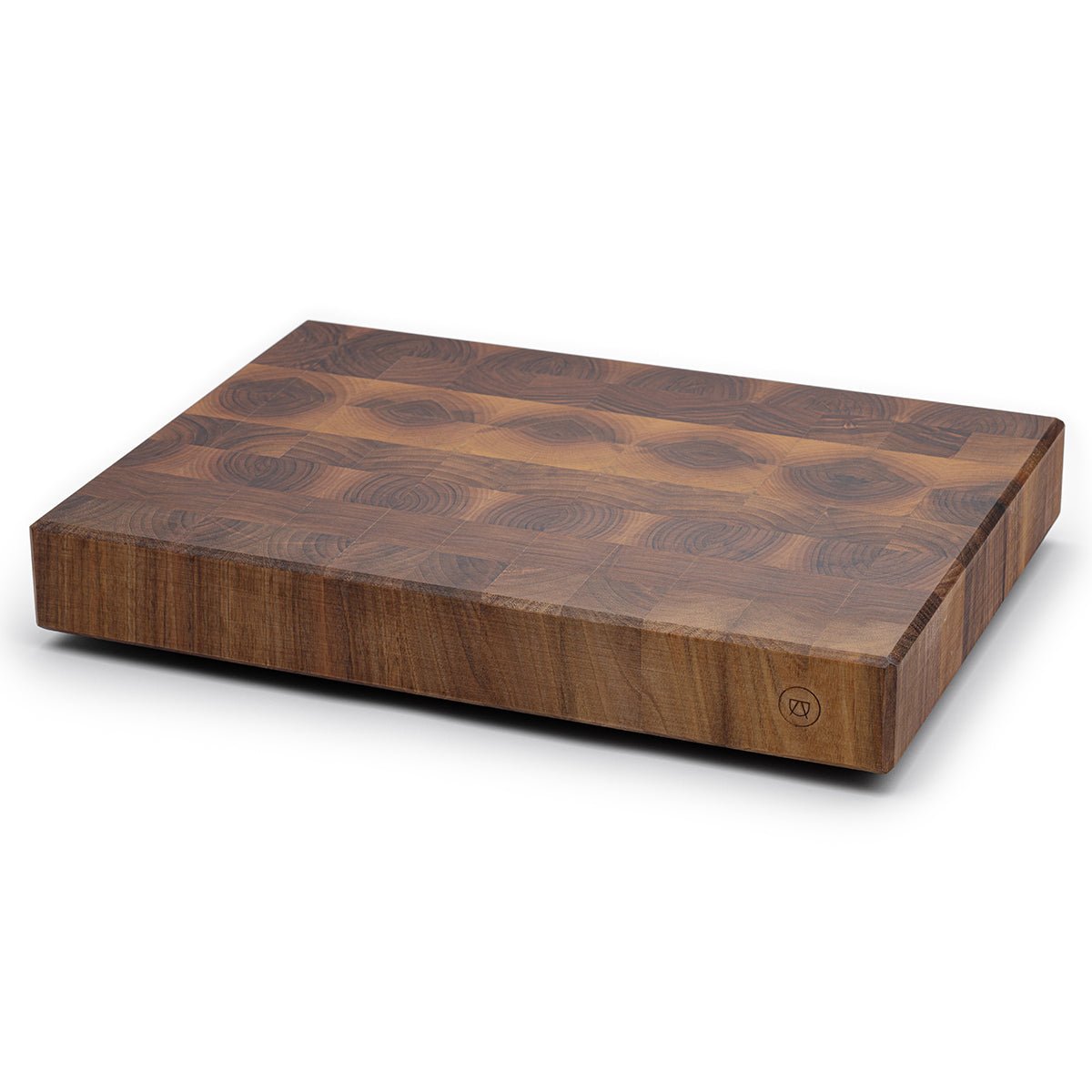- Startseite
- Blogs
- Dictionary
- Swelling & shrinking of wood
Swelling & shrinking of wood
Anyone who has a floorboard at home may have noticed that the cracks can change: they become narrower or wider over time. When laying parquet, it is therefore extremely important to maintain appropriate distances from the walls. Because the wood shrinks and swells, the distance between the slats changes.
It is also important to take these properties of wood into account when making furniture. When the humidity in the room increases, wood absorbs the moisture and increases in volume. When the air is dry, the wood loses moisture - it shrinks. However, this is not a material defect: shrinkage and swelling of wood is completely normal.
What shrinkage and swelling of wood means
But why does wood shrink and swell? One would think that the wood is dried and stiff. However, solid wood is a “hygroscopic”, i.e. water-attracting, natural product. Its countless cells strive to adapt to the environment. Unlike steel or plastic, it has the ability to absorb and release moisture. In this respect, it is actually a living material that is constantly changing.
However, you will hardly notice the shrinkage and swelling of wood in a piece of furniture that is perfectly crafted. Appropriate wood connections give the wood the opportunity to vary its volume without causing cracks to form. We also give our wood an extra long time to dry before we process it. This also reduces the shrinkage and swelling of wood.
When does wood shrink or swell?
You don't need to pour an empty bucket of water over solid wood furniture or the parquet floor for the wood to swell. The seasons are enough: In summer, when the air can only absorb a little moisture, the moisture in the wood increases. Because it absorbs the excess water in the air.
The cold air in winter, on the other hand, absorbs more water - and at the same time the humidity decreases due to heating. In humans, this effect is noticeable through dry mucous membranes. And the wood also dries, releases moisture and shrinks. It is therefore advisable to ventilate the rooms well, especially in winter: This is also good for the wooden furniture, because cracks can appear in the event of extreme shrinkage.
Which wood doesn't shrink at all?
Regardless of whether it is oak, beech, spruce or pine: there is no wood that does not shrink. But different types of wood shrink to different degrees. Softwood more, hardwood less. For our solid wood tables, seating and cutting boards We only process hardwood: namely Oak wood , walnut and Ash wood . These types of wood are extremely robust and are perfect for making long-lasting pieces of furniture.
Shrinking and swelling of wood cannot be prevented
Since solid wood is a natural material, shrinkage and swelling cannot be avoided. However, experienced carpenters use the wood material in the production according to the direction of growth in such a way that shrinkage and swelling are only slightly or not at all noticeable.
By the way, it is interesting that the material generally shrinks and swells in three different “wood anatomical” directions: in the grain direction, in the wood beam direction (radial) and in the tree ring direction (tangential). Incidentally, wood changes most in the direction of the tree rings. This is not unimportant for experts, as such a piece of wood shrinks very differently in height, width and depth.
No problems when treated with wood oil
The unsightly consequences of shrinking and swelling of wood can be smaller or larger cracks. The mechanical stress is particularly annoying with lacquered furniture. The paint layer is a closed surface: If it is stretched, it tears - ugly cracks and chipping of the paint are the result.
However, we recommend treating solid wood with natural oil, as we do. This elastic and open-pored sealing allows the wood freedom of movement and accommodates shrinkage and expansion without any problems. An oiled piece of furniture is resistant to dirt and moisture - and at the same time has excellent effects in terms of shrinkage and swelling.
HÄUFIG GESTELLTE FRAGEN
- What is swelling and shrinking?
Wood is a living natural material, so it can swell and shrink. It means that the wood reacts to fluctuations in humidity and expands or contracts accordingly. When it is dry, the wood fibers release the moisture they contain into the environment, causing the wood to shrink. Conversely, wood can also absorb moisture and store it in the wood fibers, which is why the wood is called swelling. Shrinkage and swelling are natural properties of wood. However, by drying the wood correctly before processing, the effects are minimized.
- How does wood work?
Wood can shrink and swell; in colloquial terms this means that the wood works. But what does that mean and how does the wood work? You have to know that wood consists of fibers that react to moisture. If the ambient humidity is high, the wood absorbs moisture. But wood can also literally dry out and release the liquid contained in the fibers. If the wood is exposed to uncontrolled fluctuations in humidity, cracks can occur.
- Why does wood work?
In contrast to stone, metal or other materials, wood is able to store and release moisture. When moisture is high, the wood stores it in its cells. In dry environments, the wood can also release moisture. Wood works because it is a dynamic natural material. It can deform independently.
- What is meant by shrinkage of wood?
Wood shrinkage means that the wood contracts. As soon as the wood fibers release the liquid stored in their cells, the wood shrinks. The wood shrinks most strongly in the direction of the annual rings. The opposite of shrinking is swelling. The wood expands based on moisture absorption.
WEITERE ARTIKEL
Service
Seek
Contact
Terms of Service
Dictionary
Types of wood
Housing guide
Imprint
data protection
Right of withdrawal
Delivery Terms
Conditions
About Us
Press
Our Philosophy
Store in Munich
Einzelhandel
Dropshipping
OEM
Affiliates
Marketingkooperationen
Contact us
About Us
Craftsmanship and design combine in our factory. Our wooden products, from furniture to accessories, stand for quality and tradition. Customers receive aesthetically pleasing pieces that promise durability and value. Every product is a testament to our dedication.

